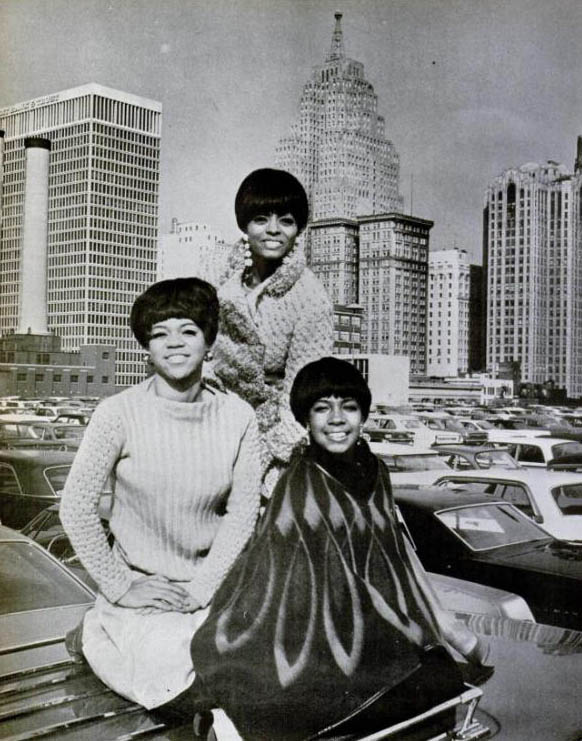(A Marifeli, amiga siempre)
This essay, by Eliana S. Rivero, first appeared in Michigan Quarterly Review in 1994.
I remember one day in the summer of 1979 gazing out my kitchen window in Sierra Vista, Arizona, and looking clearly across the border. Around this part of the country, where light shines down perpendicular and blinding, one can literally see forever on a clear day. As I watched the landscape across my back yard, I could see the Cerro San Jose and the little white houses and tilled fields perched on its foothills: this was Naco, Sonora, on the windy and dusty border across from Naco, Arizona, a loose collection of homes and businesses lodged on the invisible line between northern Mexico and the southwestern U.S. lands. Here I was, Cuban to the souls [sic] of my feet, with a couple of bottles of Havana Club rum in my cupboard and some black beans bubbling on the stove, looking at the northernmost reaches of Latin America from a border town in which I felt out of sorts, at the margins of life. I was navigating through the rough waters of a marital separation, and had just returned from a trip to Cuba. I was literally looking at life from la margen (the bank, the shore).
I have always wanted to use the feminine gender form of margin in Spanish, the irregular line where land meets water, rather than the masculine one, which is an irrevocably peripheral band of terrain, edges outside the body of words on a page. Los margenes are white and square and usually, in my profession, have red marks on them. Las margenes, on the other hand, are loose and imprecise, and point to the ebb and flow of tides. Could it be that there is no way in my mother tongue to distinguish and delimit those two types of marginality? Be that as it may, I insist on grammatically engendering my borders, not precisely to make them fluid (mythically female?) but rather-more importantly-to have them evoke the coastline of an island, where ocean meets land. That is the space of my original identity: I grew up on a narrow strip of land encased by liquid borders, the narrowest portion of the island of Cuba, in the Pinar del Rio province, only forty kilometers wide between Mariel on the north and Majana on the south.
If truth be told, fifteen years ago I did not conceptualize “marginal” as much as I experienced it. I had few clues about how other people who wrote and studied Latino literature felt at the time. But my own feeling was, most vividly, one of being definitely out of synch. Even though I had been living in the United States since 1961, earned my college degrees here, married and started a family in this country, I still saw myself as quite “different.” On the border, looking in and out- and this was now a reality as well as a metaphor….
Read more of Eliana S. Rivero’s essay here, in our Archives.




